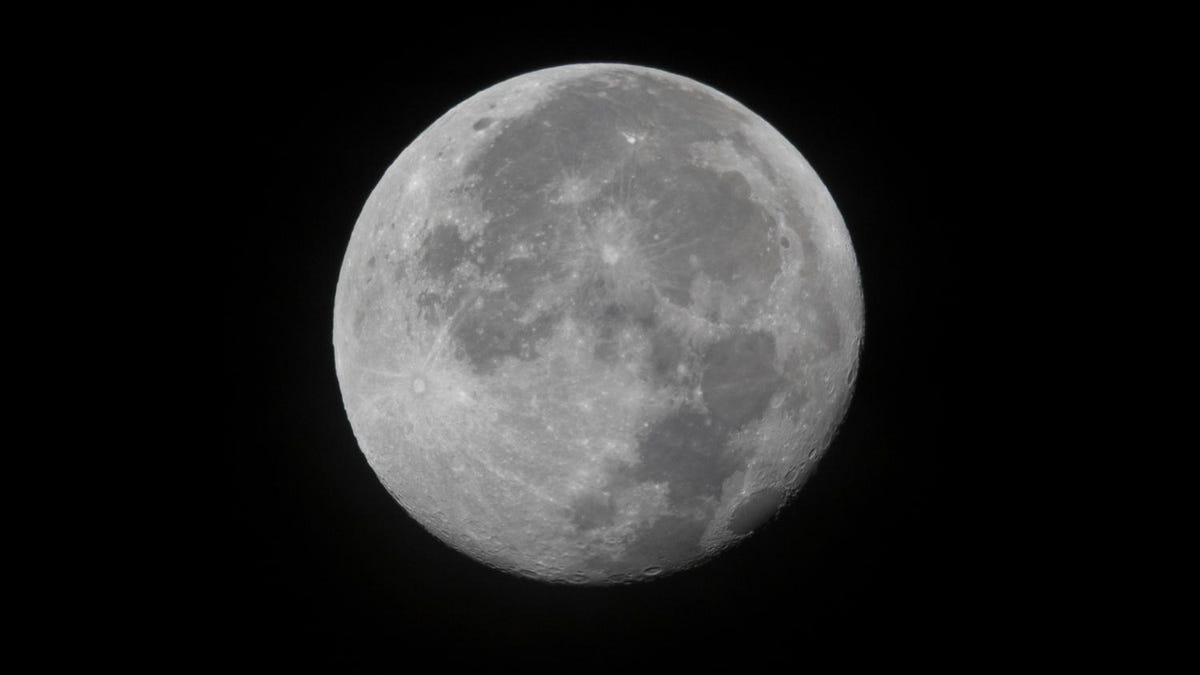China and Russia plan to build a moon research station together
Roscosmos and CNSA are moon buddies.

A brilliant full moon rises at NASA's Kennedy Space Center in Florida in 2017.
The race to expand research opportunities on the moon is heating up. Russia and China are partnering on a project they're calling the International Lunar Research Station, or ILRS.
The China National Space Administration (CNSA) announced earlier this week that it's signed an memorandum of understanding with Russian space agency Roscosmos for the joint construction of a lunar station.
The agreement is short on details, including exactly where the station would be. The wording suggests the project could be a base on the surface of the moon, an orbital station, or a combination of the two.
"CNSA and Roscosmos will adhere to the principle of 'co-consultation, joint construction, and shared benefits,' facilitate extensive cooperation in the ILRS, open to all interested countries and international partners, strengthen scientific research exchanges, and promote humanity's exploration and use of outer space for peaceful purpose," CNSA said in the statement.
The Roscosmos and CNSA announcement comes as NASA is also trying to make some big space moves. NASA's Commercial Crew program is working to end the agency's reliance on Russian spacecraft to send astronauts to the International Space Station, a goal it is close to reaching.
NASA is also working toward sending humans back to the moon, perhaps even as early as 2024. The agency is developing an international project called the Gateway, which would involve building a small station in orbit around the moon. NASA sees the moon as a jumping-off point for human exploration deeper into the solar system.
China has been extremely active in lunar exploration recently. It successfully delivered the Chang'e 4 lander to the far side of the moon in early 2019. In 2020, the Chang'e 5 mission scooped up some moon rocks and delivered them back to Earth.
With that sort of robotic success, it's no wonder China has eyes on a more permanent moon presence along with an assist from Russia's storied space agency.
Follow CNET's 2021 Space Calendar to stay up to date with all the latest space news this year. You can even add it to your own Google Calendar.

